SKL is reader supported. When you buy through links on our site, we may earn affiliate commission. Learn more here.
Are you looking to build an affordable and sustainable wardrobe for your children?
One of my favorite takeaways from building an eco-friendly wardrobe for my kids was realizing just how little they really need – especially when the products are created with non-toxic materials and with longevity in mind (quality hand-me-downs anyone?).
The hard reality is that kids grow out of clothes extremely quickly. The result? Over 183 million pieces of outgrown children’s clothing go to waste every single year. Yikes!
A sustainable and well-thought-out kids’ wardrobe can go a very long way. And as a mom of twins boys and one little girl – I’m thrilled to share my findings with you.
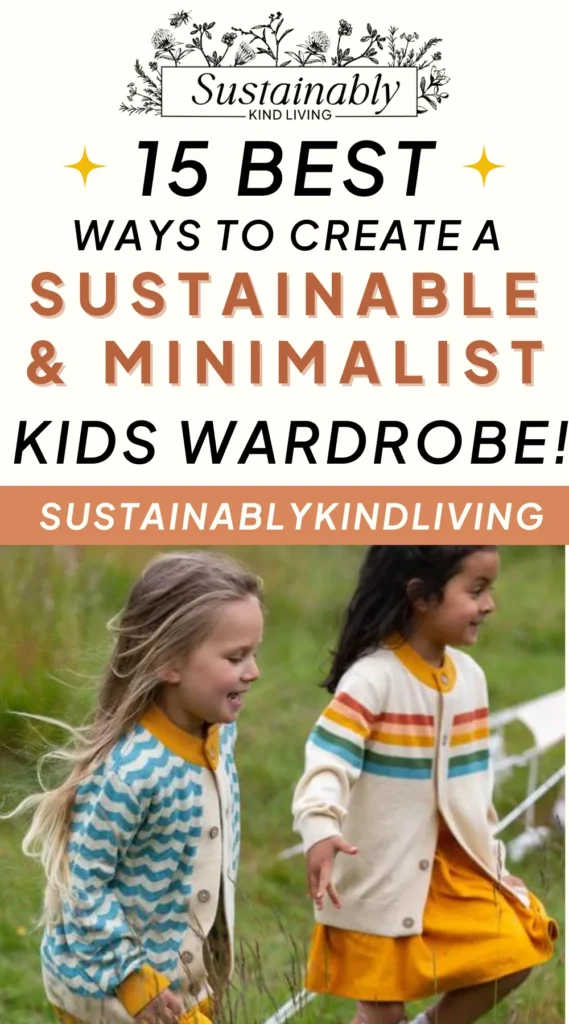
Best ways to create a sustainable children’s wardrobe
It’s no secret that kids spend hours each day in their clothes, and those clothes are in constant contact with their delicate skin.
“Many synthetic fabrics like polyester, nylon, and acrylic are made from petroleum-based chemicals. These materials are often treated with additional chemicals like flame retardants, formaldehyde, and PFCs (perfluorinated chemicals) to enhance performance during manufacturing.” Katie McCann, breastfeeding counselor, former HCPC paramedic, and parenting blogger at From Bump To Bubble, told SKL.
However, these synthetics are well-known endocrine disruptors, not to mention extremely persistent in the environment. Definitely not something we want in our or our kids’ clothes!
“I always recommend parents look for organic, sustainable, and OEKO-TEX-certified natural fabrics when possible, especially for basics that sit directly on sensitive skin. Choose materials like organic cotton, bamboo, wool, and hemp that are grown and processed without harmful chemicals,” McCann added.
By choosing my children’s clothing carefully and mindfully, I was able to create a sort of capsule wardrobe for them without much work.
It’s interesting how taking our time with selection, thinking about how many times the child will wear each piece, and opting to size up for longer use can really transform any closet into the perfect sustainable closet!
Clothes were never meant to be worn for a short time and tossed. They were meant to be used for years and years, mended and upcycled, and used some more. Let’s get back to that!
If you are ready to explore the magical world of sustainable, second-hand, fair trade, and minimalist fashion for kids, look no further than this full guide to sustainable shopping for children’s clothes.
How can I minimize my kid’s wardrobe?
There are plenty of simple yet effective ways to reduce your kids closet! First off, take a good look at what your kiddos actually wear on a regular basis. Are there items that have been sitting untouched for months? It might be time to say goodbye.
Next, get creative with mixing and matching existing pieces to create new outfits. A classic denim jacket can be paired with dresses, jeans, or even skirts, giving it new life with each combination.
And don’t forget the power of hand-me-downs and clothing swaps! Reach out to friends, family, and neighbors to exchange gently used clothing, saving money and reducing waste in the process.
By focusing on quality over quantity and choosing versatile pieces that can be worn in multiple ways, you’ll soon find that less truly is more when it comes to your kids’ wardrobe.
How many clothes should be in a minimalist children’s wardrobe?
When building a sustainable children’s wardrobe less is more! As a general guideline, aiming for a wardrobe that includes around 15 to 20 versatile pieces per season can be a good starting point.
This includes a mix of tops, bottoms, dresses or rompers, outerwear, and a few pairs of shoes. The key is to prioritize quality over quantity and choose pieces that can be mixed and matched to create a variety of outfits.
So, without further ado, here’s how to plan a children’s wardrobe that is safe, timeless, and oh-so-cute.
15 Steps To A Conscious Children’s Wardrobe:
1. Choose Clothing With Longevity In Mind
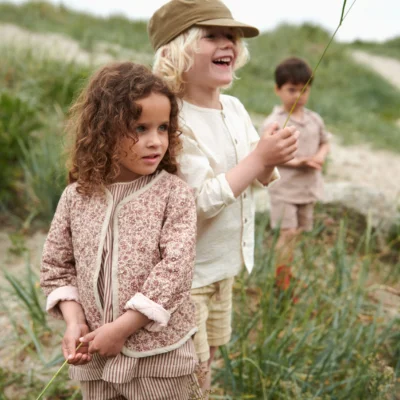
Select garments that are well-made, durable, and designed to withstand the wear and tear of active play and multiple washes.
If you hold up an item and cannot guarantee that your child will hit at least 30+ wears (with all the chaos that kids put clothes through!), then simply put it down and step away from the item (this is a wonderful trick to work for parents too!).
Not to mention, hand-me-downs work wonders for larger families (or a village!). My neighbor has 3 little boys who are about 2 years apart and she buys the first son high-quality clothing and simply hands them down to the next one and then the next.
I have seen the 2-year-old wearing his big brother’s clothes and they look as good as new!
2. Check The Label
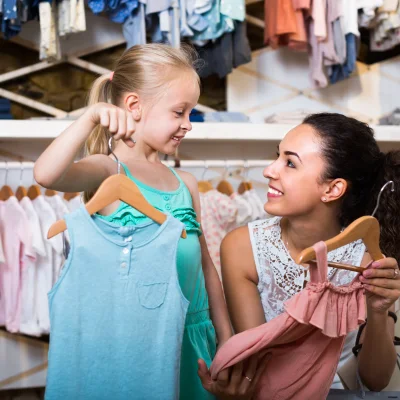
Organic cotton, linen, and hemp are some of the best materials for children’s clothing.
Synthetic materials do have a place in fashion for durable swimsuits and even some winter jackets, but try your best to keep these purchases for the second-hand category only.
We want to aim to decrease the use of plastic in the fashion industry for our children’s future. Natural fibers are best for the environment and your children for so many reasons:
- Natural fibers cause much less (or zero) irritation to children’s skin.
- Natural fibers are much less resource-intensive to produce and manufacture.
- Synthetic materials “shed” microplastics that have been found sneaking their way into our very own drinking water.
- Many synthetic materials use toxic production processes that are harmful to the waterways, the garment workers, and the person who wears the item.
3. Go For The Basics
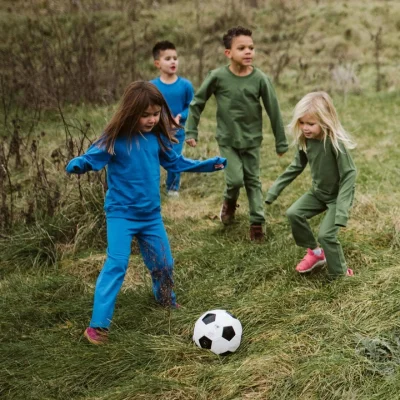
While the flashing shoes and tasseled shirts may intrigue your child at the shop, I urge you to get the basics down first before thinking of going with any trends.
Basics include solid and durable t-shirts, long sleeves, sweaters, zip-ups, leggings, thermals, dungarees, rain suits/all-weather suits, rain boots, barefoot shoes, all-weather breathable hats, gloves, circular scarves, durable and warm socks, and any imperative weather gear for where you are living.
Each one of these basics should come in a solid or easy-to-clean print. While I always recommend going second-hand with most items, some superb brands offer these basics.
4. Key In On The Outdoor Gear
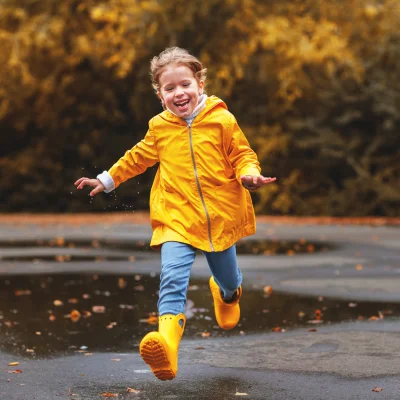
My biggest tip for adults and kids for a small but mighty closet? Get those key outdoor staples and sustainable rain gear.
For kids, this could be one really great snow suit/wool suit, or a pair of non-toxic rain boots, and mud pants.
The mud pants can be worn year-round for rainy days and when you just don’t want them to get their clothes all dirty (my kids lived in their mud pants all Spring!).
The snowsuit/wool suit can be worn in those super chilly months! No need to spend loads of money on winter clothes – just snuggle them up in their high-quality outdoor gear.
5. Size Up 1-2 Sizes
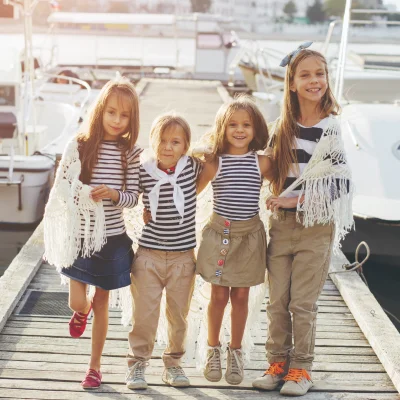
The easiest way to help your child’s clothes have a longer (and happier!) life is to have them worn as much as possible!
You can do this by sizing up 1-2 sizes, depending on your child. I personally size up 1 size for the boys and it has worked beautifully.
This year we’ve only had to purchase 2 pairs of pants and 2 extra sweatshirts for the chilly weather. By sizing up, I saved a significant amount of money!
Any parent can easily roll up or hem the clothes to fit the child at the time and let them out over the years.
You do not have to be any sort of professional tailor here, I promise you! I do the simple roll-up method, and it works like a charm.
6. Learn How To Mend, Repair & Upcycle
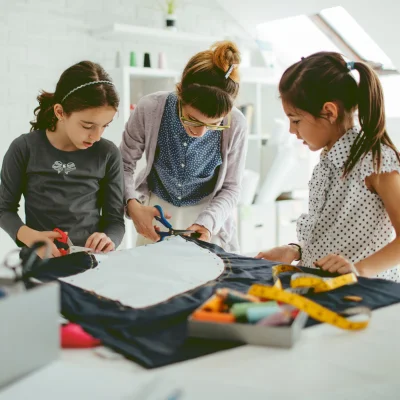
One of the best ways to help reduce waste in your very own home is to learn just a few simple tricks of the trade.
This can be as simple as learning how to sew, hem, patch, and upcycle old clothes and broken items around the house. As we always say, there is nothing more sustainable than what you already own!
You can find a local sewing class, take a few online lessons via YouTube, or even host a little “trade” party!
I have actually been to a few fun coffee dates where my friend’s mother and grandmother would come and they would teach us something fun like knitting, baking an epic cake, or even tips & tricks to help with the little ones.
These are marvelous gifts to learn from the hand of an expert and I cannot tell you how much I cherished learning these skills from these amazing women.
7. Secondhand May Just Be The Best (For Several Reasons)
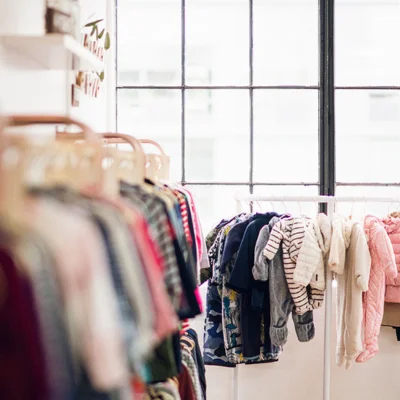
First of all, what some of you may (or may not) know about our family is that we shop primarily second-hand from brick-and-mortar and online thrift stores.
Our son’s clothes are 100% from my grandmother and mother’s garage sale finds since birth, and we did not start to introduce “new” clothing until every single last piece of their amazing finds had reached the end of their cycle with my children.
The most sustainable and eco-friendly thing that you can do as a consumer of children’s fashion is to shop second-hand, vintage, rentals, or any other means to help the clothes reach the end of their life cycles.
Our goal here is to use and wear these materials as many times as possible before recycling or upcycling.
Remember, folks: Nothing is more sustainable than what has already been made. So, adding second-hand items to your children’s closets will genuinely help a pretty big crisis that we are facing in the world today.
Best Kids Online Thrift Store Brands:
- Bounce Mkt
- Kidizen
- ThredUp
- Once Upon A Child
- Children’s Orchard
- The Swoondle Society
- Bagsy
- Poshmark
- Mommy & Me
- Tomorrow’s Child
8. Renting Kid’s Clothing is AWESOME
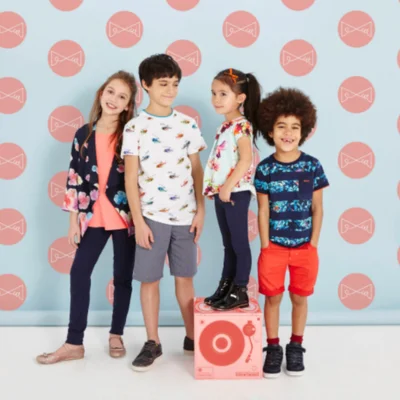
It feels like you blink, and suddenly they’ve outgrown half their wardrobe! Renting clothes is such a fantastic way to stay sustainable but also have fun!
Instead of constantly buying new clothes that they’ll outgrow in a matter of months, renting allows you to access a rotating selection of clothing sizes without the commitment of ownership.
From birthday parties to photoshoots, you can have exactly what you want and return them back to the company for the item to make another child (and parent) happy!
We liked some amazing clothing rental services in a previous post, but you can also find great options below.
Best Clothing Rental Brands:
- Rent A Romper
- UpChoose
- Everlasting Wardrobe
- Grokinder
- Stylette
- Bundlee UK
- Lulla Loop UK
- The Little Loop UK
- Graceful Changes UK
- Babu Clothing UK
9. Shop From High Quality & Sustainable Brands
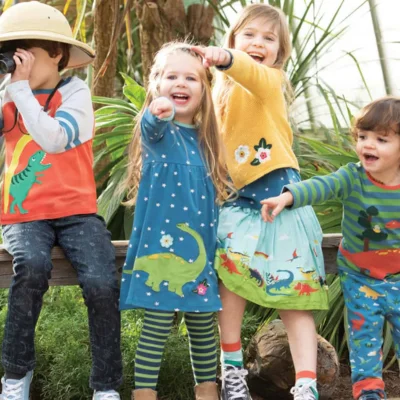
While second-hand will forever have a special place in my heart, I will say that there is something quite special about finding that *perfect* piece of sustainable kids clothing that just meets every single one of your needs without having to go through countless shops and racks.
Sometimes, no matter how long you look, you will not find that particular item that you need second-hand.
Do not fear; these tips will help you to keep your sustainable goals in check while also saving money and a few headaches along the way.
Best Sustainable Kid’s Clothing Brands:
- Crann Organic
- Little Green Radicals
- Mightly
- Hanna Andersson
- Monica + Andy
- Finn + Emma
- Beya Made
- Nui Organics
- Jackalo
- Frugi UK
10. Keep Those Sales Dates In Your Calendar!

While sustainable and organic kids clothing brands have absolutely stolen our hearts, there is the issue of affordability. For many of us, the prices are a bit too expensive full price.
My biggest tip (and one that I use yearly) is to follow your favorite sustainable brands and keep track of their sales periods (usually once per year).
Use those sales to stock up on your essentials. Not only will this save money, but it will also get us into the habit of choosing items with patience and budgeting in mind (quite unlike the fast fashion model).
11. Create A Capsule Wardrobe
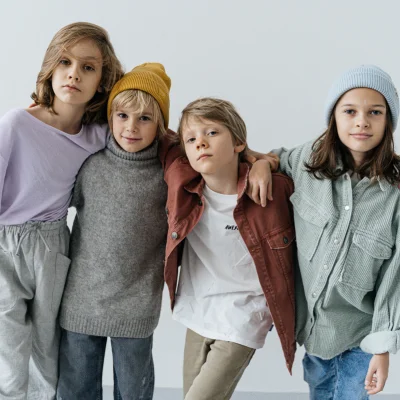
A minimalist children’s wardrobe –aka capsule wardrobe– consists of a carefully curated collection of essential clothing basics that can be mixed and matched to create a variety of little outfits.
So, before adding a new item to your child’s wardrobe, it would be best to carefully consider its versatility and how well it integrates with existing pieces.
This way, you’ll not only save money but also minimize impulse buys and ensure that every garment serves a purpose.
Plus, with fewer options to choose from, getting dressed in the morning becomes less overwhelming and more enjoyable.
P.S. We wrote a full guide on how to build a capsule wardrobe for adults too!
12. Practice Careful Washing
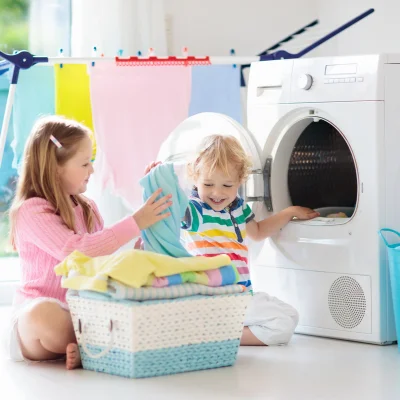
When you have a truly sustainable wardrobe for kids, you want to make it last for as long as possible.
To prolong the life of kids’ clothing, always opt for eco-friendly, non-toxic laundry detergents and odor removers that are gentle on both your child’s skin and the environment.
Keep in mind that hot water can cause shrinkage and fading, especially in delicate garments. Washing clothes in cold water not only saves energy but also helps preserve the integrity of the fabric.
Here’s something I learned the hard way: It can be tempting to cram as many clothes as possible into the washing machine to save time, but overcrowding can actually lead to ineffective cleaning and increased wear and tear on your child’s clothing.
Lastly, if you want to treat stubborn stains and prevent them from setting into the fabric, use natural stain removers or homemade solutions like baking soda and vinegar.
13. Teach Children About Sustainable Fashion
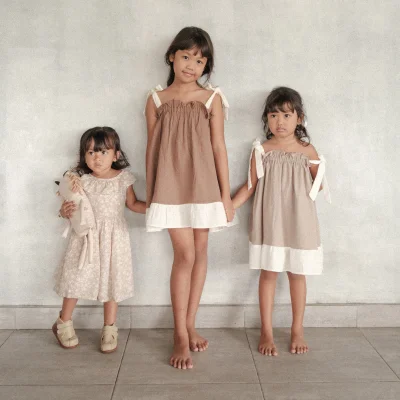
Experts confirm that kids do indeed pick up new knowledge and skills faster than grown-ups. But, hey, we knew that already.
During the first decade of their lives, kids develop new skills quickly, all while learning how to effectively navigate a world that is strange and new to them. So, now is the best time to explain to your children what sustainable fashion means and why it’s important.
Help them understand the environmental and social impact of the fashion industry, from resource depletion and pollution to labor exploitation.
Another fun way is to encourage your little ones to express their creativity through upcycling and DIY projects. Teach them how to mend, patch, or embellish old clothes to give them a fresh new look.
And, most importantly, be a role model for your children by making sustainable fashion choices yourself.
14. Host Clothing Swaps
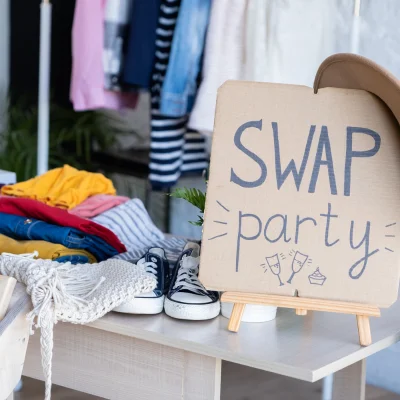
Here’s one of my favorite ideas for a sustainable children’s wardrobe: Take it upon yourself to host a clothing swap! It’s a super fun and social way to exchange gently used clothing items with friends, family, and neighbors.
Instead of spending money on new clothes, you can trade items you no longer need for “new” ones, saving you both time and money in the long run.
Have a pair of kids barefoot shoes that’s too small? Swap it gently-worn swimwear. Got a cute baby dress? Why not exchange it?
Believe me, fellow parents will love the idea – even if they aren’t 100% on board with the sustainable fashion movement just yet.
15. Proper Disposal Of Clothing
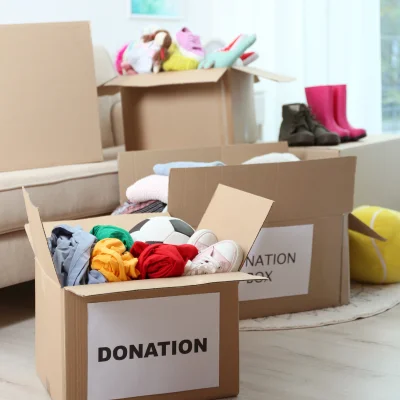
Unfortunately, proper disposal of kids’ clothing often gets overlooked. So much so that the Environmental Protection Agency estimates that, of the 17 million tons of textiles produced in 2018, only 2.5 million tons were recycled.
The first step in proper clothing disposal is to follow the mantra of “reduce, reuse, recycle.” Before throwing away any clothing, consider if it can be repurposed or donated.
Clothing that is still in good condition can be passed on to friends or family, donated to charity, or sold secondhand.
When donating clothing, it’s important to do so responsibly with reputable charities or organizations that accept clothing donations.
Remember that clothing that is stained, torn, or damaged can create more work for charities and may end up being discarded anyway.
If the clothes are damaged, avoid throwing them in the trash where they will end up in a landfill. Instead, check if your local waste management facility accepts textiles for disposal.
Some facilities may have special bins or programs for textile waste. Check out the 25 best places to recycle old clothes that cannot be donated.
*We also wrote an article with the most common recycling mistakes that we can easily avoid!
This was your full guide to building a sustainable children’s wardrobe.
We hope our ideas for a sustainable children’s wardrobe helped you plan a toddler wardrobe that’s versatile, factional, and adorable. Fewer harmful chemicals and less burden on our landfills. Sounds amazing, right?
From reducing environmental impact and protecting your little ones’ sensitive skin, to inspiring creativity, and responsible consumer habits, the benefits are so many!
Fast fashion has contributed to a culture of disposable clothing, where garments are worn only a few times before being discarded.
So why not break the cycle by choosing staples that withstand the test of time and passing them on through hand-me-downs or clothing swaps? It’s so fun!
If you enjoyed this article, check out these other community favorites below!
- 50 Top Kids Online Thrift Stores For The Best Second Hand Clothes!
- The 40 Best Sustainable Kids Clothing Brands | Ultimate Guide
- 21 Best Affordable and Organic Kids Clothing Brands
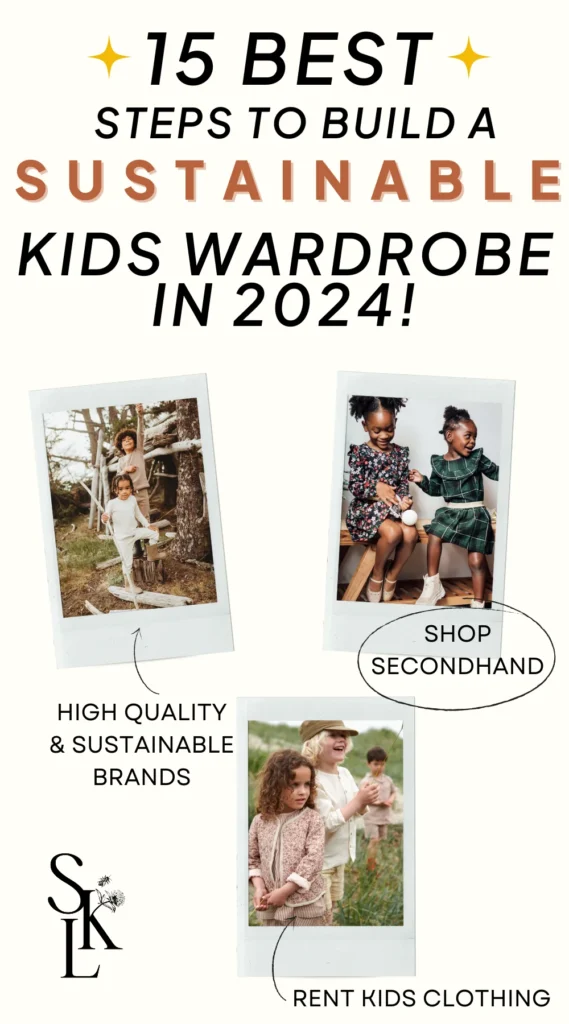
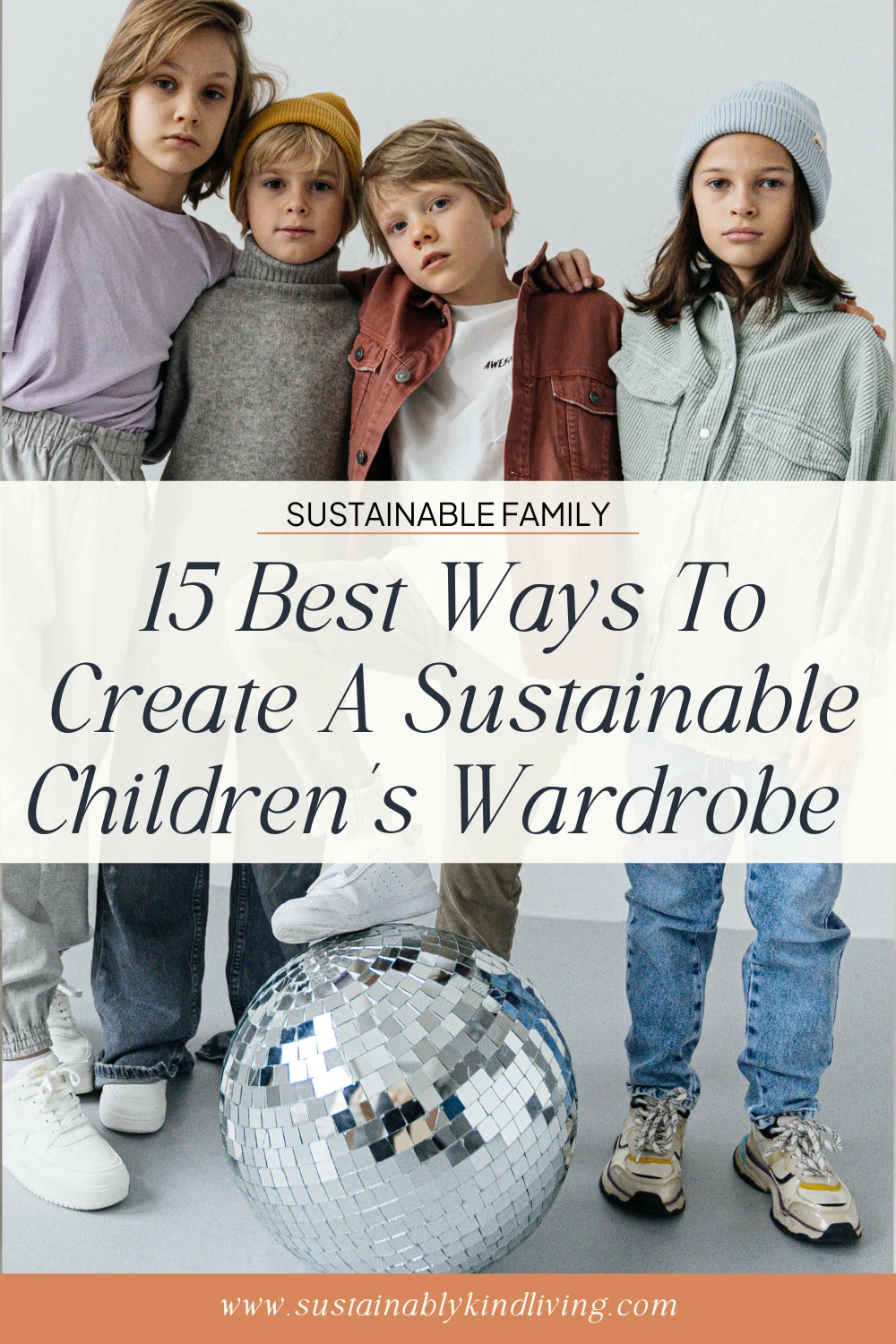
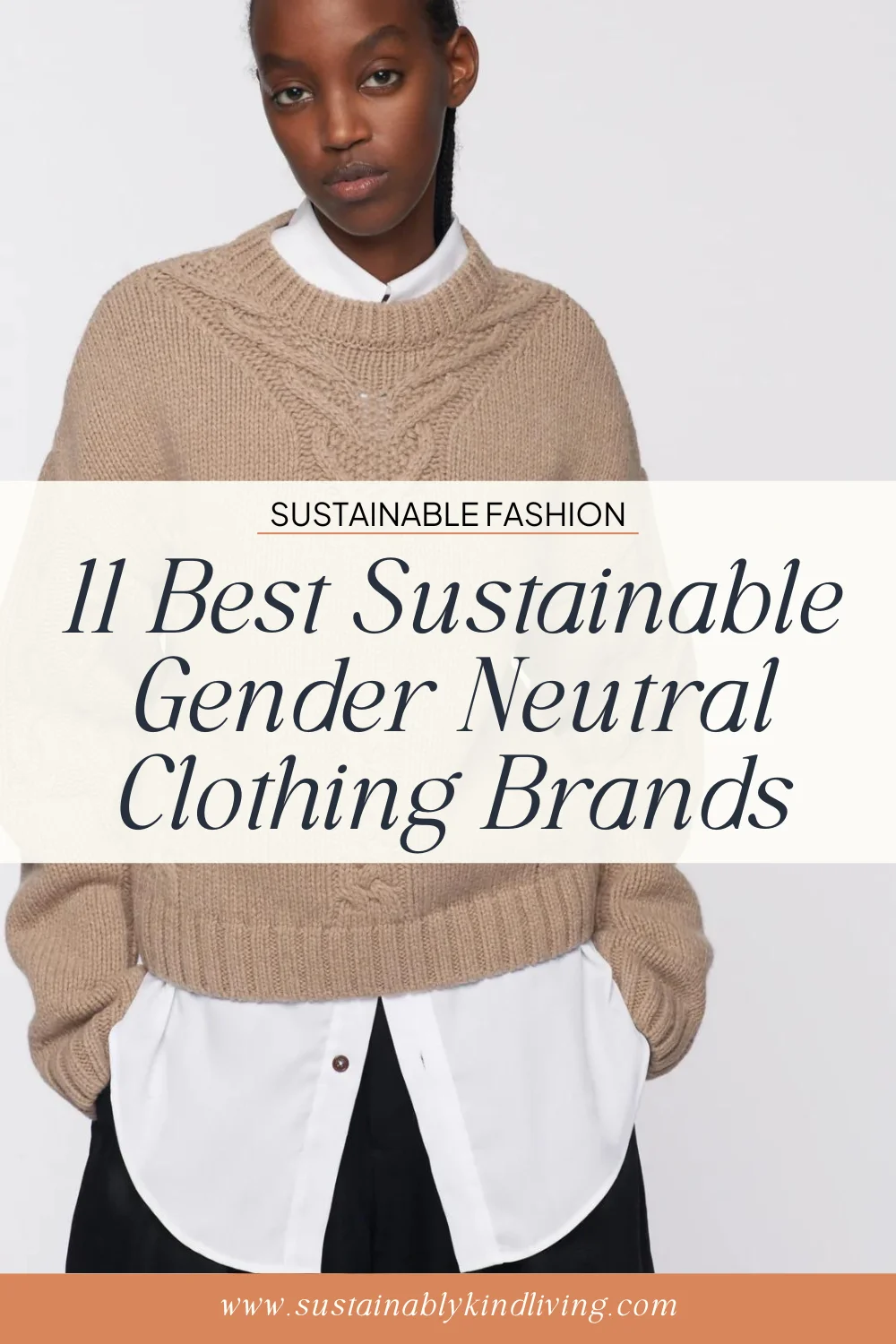
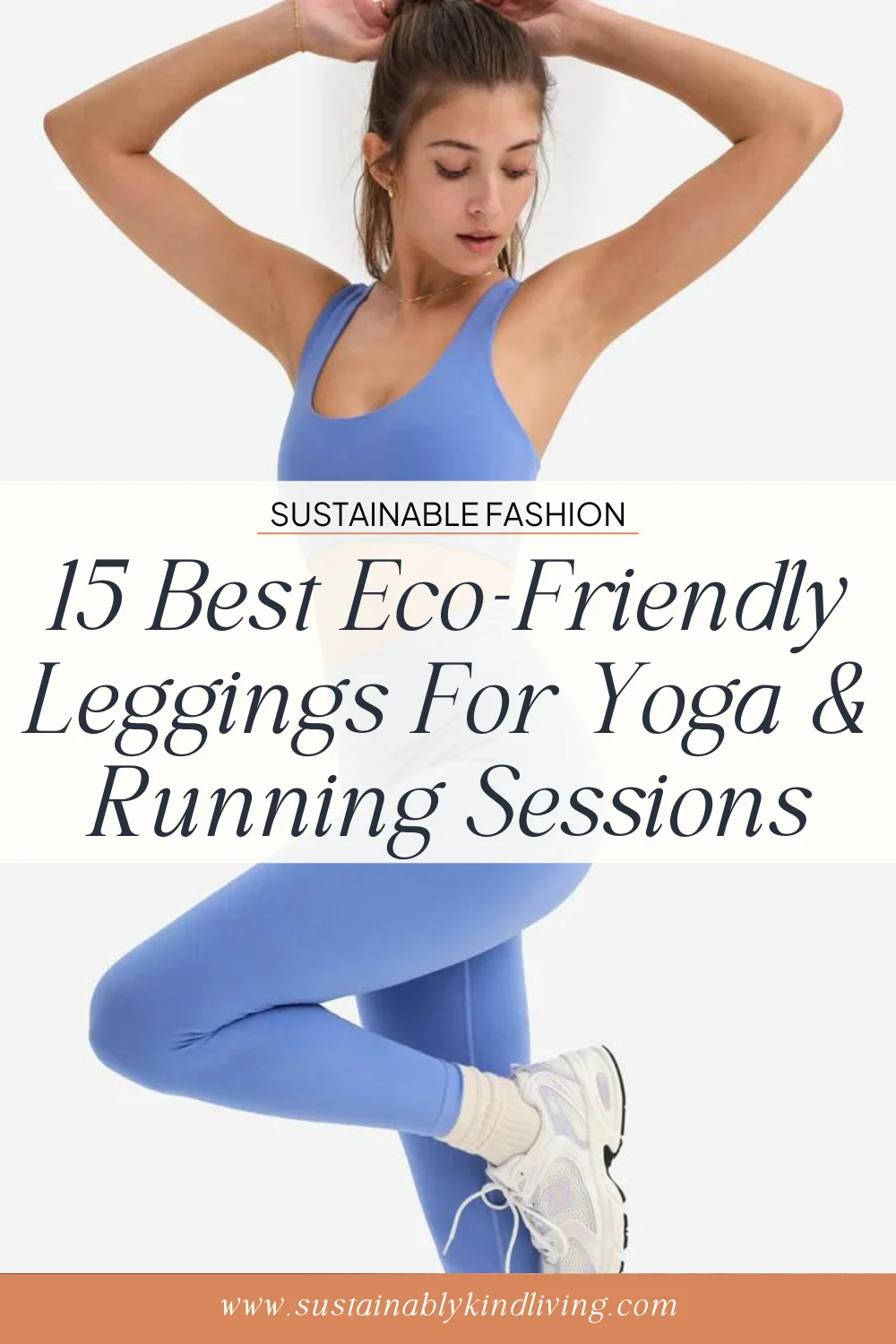


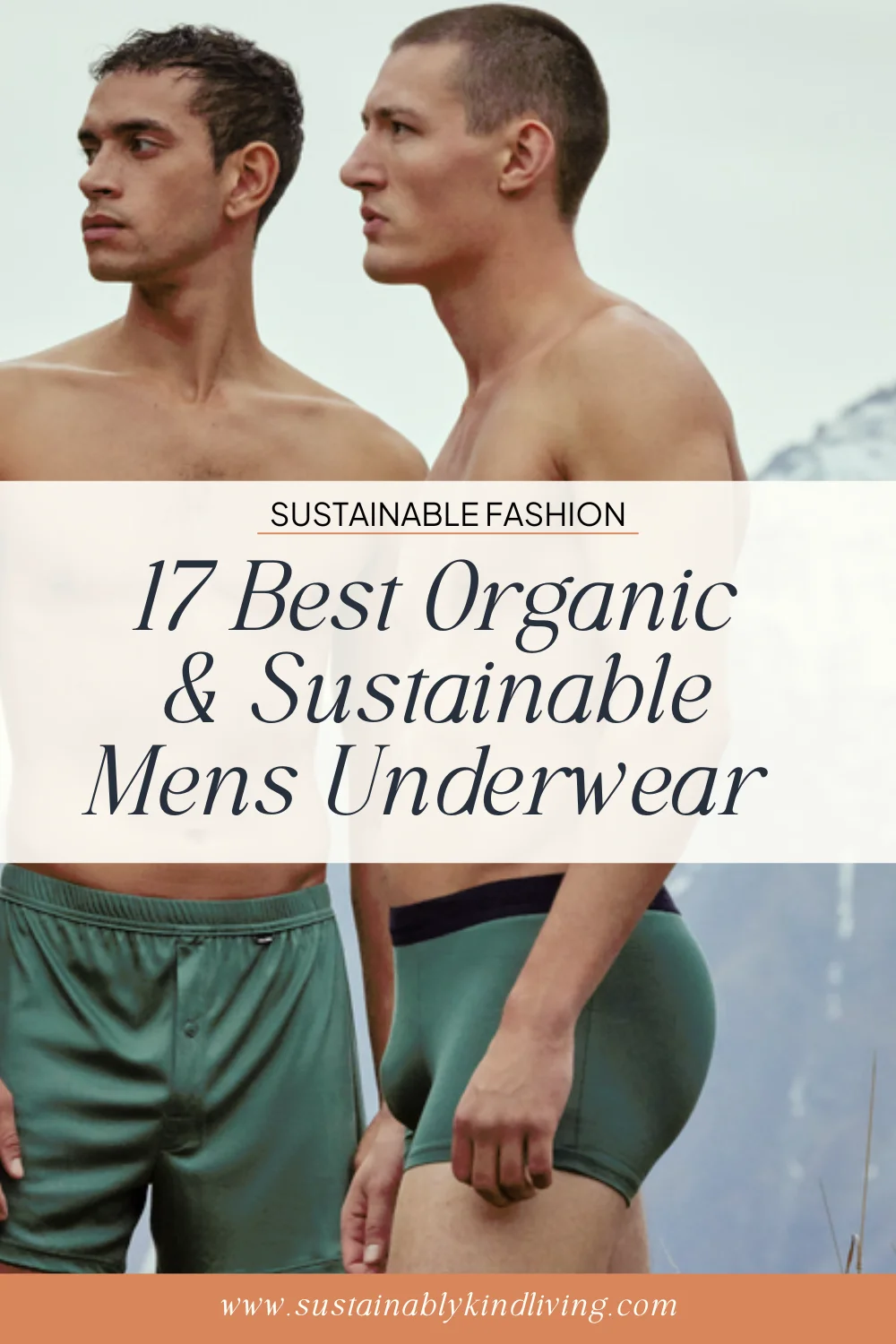
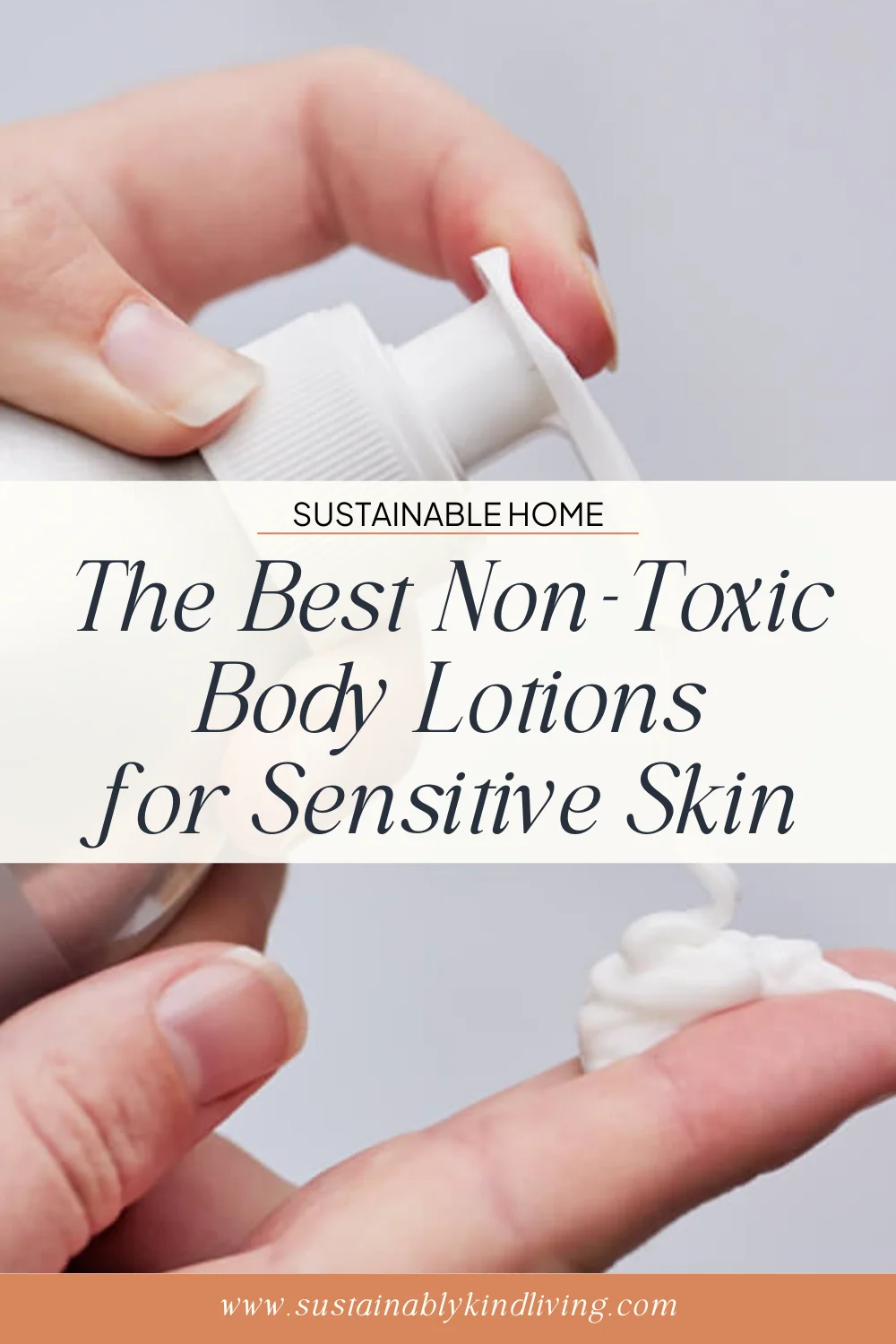

+ show Comments
- Hide Comments
add a comment